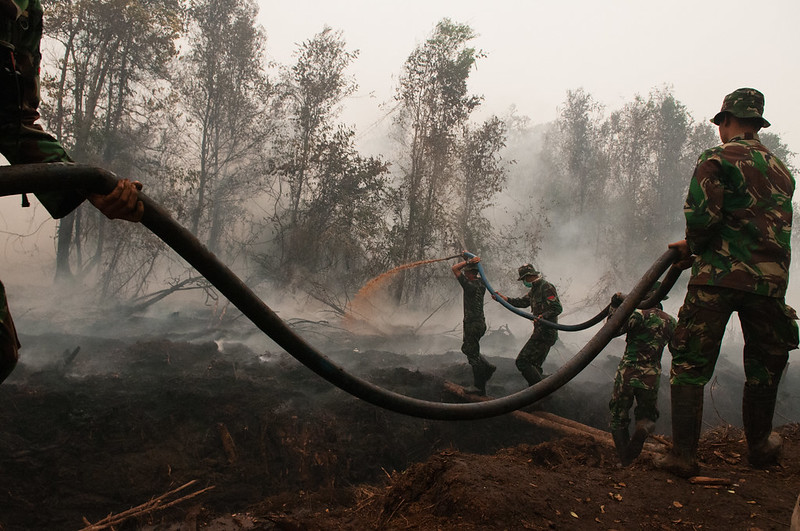
Photo of night lights from space by NASA on Unsplash.
We read the new report by the Center for Data Innovation entitled Rethinking Concerns About AI’s Energy Use and share our key takeaways below. The Center for Data Innovation is a leading think tank studying the intersection of data, technology, and public policy.
Revisiting the Energy Consumption Myths of Digital Progress
The concerns surrounding the energy consumption of digital technologies are not a recent phenomenon. Historically, predictions have often overstated the environmental impact of technological advancements. For example, during the late 1990s, it was inaccurately predicted that the digital economy would consume half of the electric grid’s capacity. These estimates have consistently been proven wrong, as evidenced by the International Energy Agency’s (IEA) current estimation that data centers and data transmission networks each account for only about 1–1.5% of global electricity use.
Similarly, the energy consumption attributed to streaming services like Netflix has been grossly overestimated. Initial claims equated watching 30 minutes of Netflix to driving almost 4 miles, a figure later corrected to resemble the energy used for driving between 10 and 100 yards. Such errors highlight the importance of accurate data and assumptions in forming energy policies.
AI’s Energy Use
As Artificial Intelligence (AI) gains momentum, it faces scrutiny similar to past technologies. Critics fear that AI’s energy consumption, especially for training large deep learning models, could have severe environmental repercussions. However, early claims about AI’s energy use have often been exaggerated. To address these concerns effectively, the report advocates for several policy measures:
- Developing Energy Transparency Standards: Establish clear guidelines for AI model energy consumption to ensure transparency and informed decision-making.
- Voluntary Commitments on Energy Transparency: Encourage the AI industry to adopt voluntary measures for disclosing the energy use of foundation models.
- Evaluating AI Regulations’ Unintended Consequences: Consider how regulations might inadvertently impact AI’s energy efficiency and innovation.
- Leveraging AI for Decarbonization: Utilize AI technologies to enhance the energy efficiency of government operations and promote decarbonization efforts.
With diminishing returns on enhancing model accuracy due to already high-performance levels, the focus of AI models (such as OpenAI’s GPT-4 and Google’s Gemini) is increasingly shifting towards optimization. Developers are now more inclined to refine AI models for efficiency rather than pursue marginal accuracy gains. This pivot reflects a maturing industry where optimization takes precedence, aiming for sustainable advancement without the unsustainable expansion of model sizes.
Further, the report also points out that AI offers significant potential to mitigate climate change and support clean energy by optimizing the integration of renewable sources into the grid and enhancing the efficiency of the electric grid through predictive maintenance, grid management, and dynamic pricing across transportation, agriculture, and energy sectors. This suggests a future where AI improvements are nuanced, focusing on energy efficiency and specialized performance enhancements.
Towards a Sustainable AI Future
The path to a sustainable AI future involves demystifying the technology’s actual energy footprint, addressing misconceptions, and implementing policies that promote transparency and efficiency. By learning from past misestimations and focusing on accurate data, we can ensure that AI contributes positively to our environmental goals, debunking myths and fostering innovation that aligns with sustainability.


